Understanding Breeding and Genetics Part 3 – “Pigeons win races, not names…”
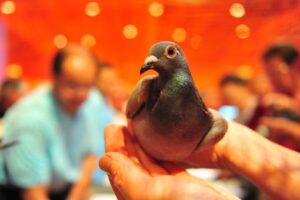 As in life, there are never any dead certainties. With pigeons even less and to be realistic, one must only work on small success percentages.
As in life, there are never any dead certainties. With pigeons even less and to be realistic, one must only work on small success percentages.
Any pair of breeders that will consistently produce 20 % success, i.e. one good pigeon out of five youngsters bred, is very good–an excellent top pair.
Whether we now choose option two; i.e. searching amongst your own birds or option three; buying from a reputable breeder, does not matter too much. But there are a few small aspects that can actually make a significant difference. More on that later. Let us first look at what is common to both options.
When selecting the breeding stock, studying the pedigree is of paramount importance as the pedigree contains the only clues to the breeding potential of any hitherto unproven, breeders. We’ve all heard that ‘like begets like’. The phrase has been repeated many times before and in spite of what we said earlier in this article, it is still true. But it becomes applicable now with regard to a specific aptitude. I firmly believe that nearly all of a pigeon’s racing success depends on what’s in the mind, the part that we cannot see or measure.
And this is where the pedigree comes to our assistance. The pedigree, to be worth more than the paper on which it is printed, must contain details of the performances of the forbears. The more champions, winners or good flyers that are to be found amongst the antecedents of the bird in question, the better the chance that winning genes will be passed to the progeny.
And whether you select breeding stock from your own birds or buy in unproven birds, one has no certainty of success. But let us compare the two methods. Both have their pros and cons.
When we buy in unproven birds, it’s even more of a gamble than when one buys in proven breeders. And unless one is prepared to pay heavily for youngsters off the seller’s best breeders, what you get is usually not off the very best from that particular loft. In addition there is the problem of adjustment of the new acquisitions to an established environment and routine.
The real advantage though of buying in unproven stock, comes when the pigeons in the seller’s loft are considered to be very much better than one’s own, the idea being to raise the genetic potential of one’s loft. But too often the new birds are acquired from a loft of equal value to one’s own. It could be even a loft of lesser value if the seller is a good salesman or if one buys names! This is not the best way to go (unless major luck is on your side). At the same time though it is surprising how often fanciers will fool themselves into believing that a pigeon from so-and-so’s loft, that’s on a par with their own, will turn their fortunes around. But it’s not going to happen!
Tip: Do not purchase a name. It’s pigeons that win races, not names.
Searching for future breeders in your own loft, has more advantages than would at first appear. The most important aspect is that in your own loft one can select the very best. In addition these pigeons are already adapted to your methods – as their parents raced well for you. They work under your management and most likely, so will their babies.
I must explain myself a little more regarding the pedigree and the familial physical aptitudes of the pigeons. If we wish to breed winners the chances of doing so improve in relation to the number of winners in the pedigree. But preferably those winners must not have been 3 or 4 generations back either but more recent than that. The closer they are to the birds in question, the better.
Size matters
It has often been said that winners come in all shapes and sizes, which really means that you cannot identify winners or champions on their physical aptitudes. I only partially agree with this and make a broad distinction when we discuss winners at varying distances.
I think that the stresses and hardships in races from about 375 miles and above, when they are flown in headwind or otherwise difficult conditions tend to rule out birds of a certain shape or physique. I have found that in these races these birds are just not able to maintain their race-winning flying speed long enough to be amongst the front-runners when they near home. The distinction is especially to be found in the pigeons balance, the muscles and wings. We have repeatedly referred to these physical attributes when discussing long-distance racers. When we talk of fast or downwind racing and/or races from shorter distances (named sprint races by some) we do find all shapes and sizes on the winners’ podium.
We must make another distinction. In races where the velocity drops to 700 mpm or below and the return rate is in the region of 10 percent, the general physical characteristics of long-distance pigeons fall away. We do not consider these events as races and refer to them as being more like survival tests. I personally think that good fortune plays a major role in these cases and though returning birds are obviously of high quality (having been able to continue battling against the elements for extended periods), that better pigeons than the returnees might have been lost.
We have said nothing about the genetics underpinning good racers. That genetic quality is an absolute necessity is undeniable, and we will discuss genetic variation, how the possibilities can come together and explain some of the problems in next month’s article.

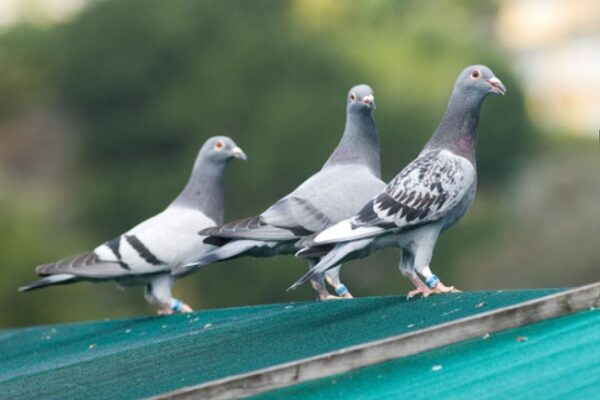

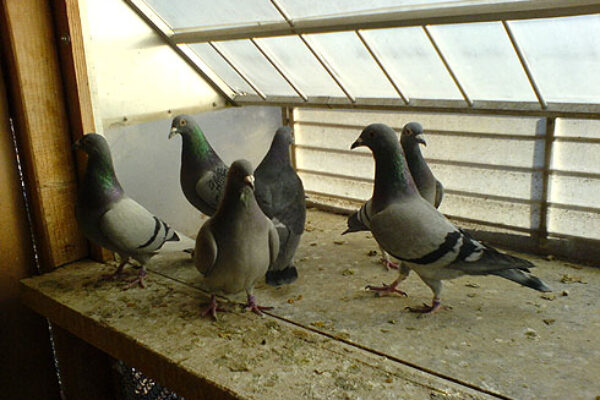

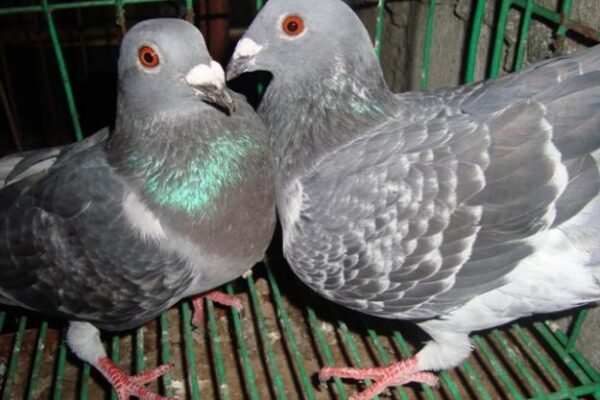
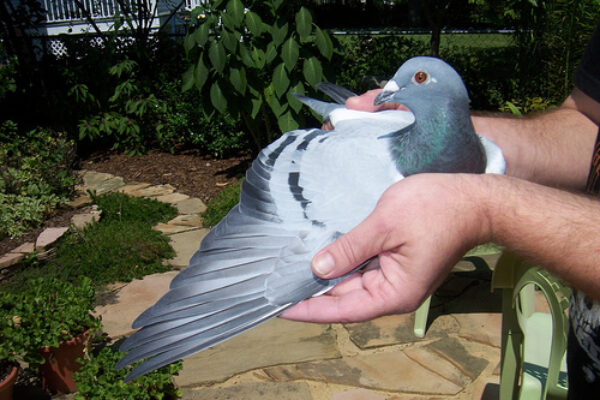


this article is very good, i have been using this method, i breed most of my long distant birds from breeders that have raced for me, my best birds are retired to my stock loft.i still have birds in my stock loft ancestors to birds raced by me 40 years ago.
Very good article. Gave me some direction as to what I will do this breeding season.